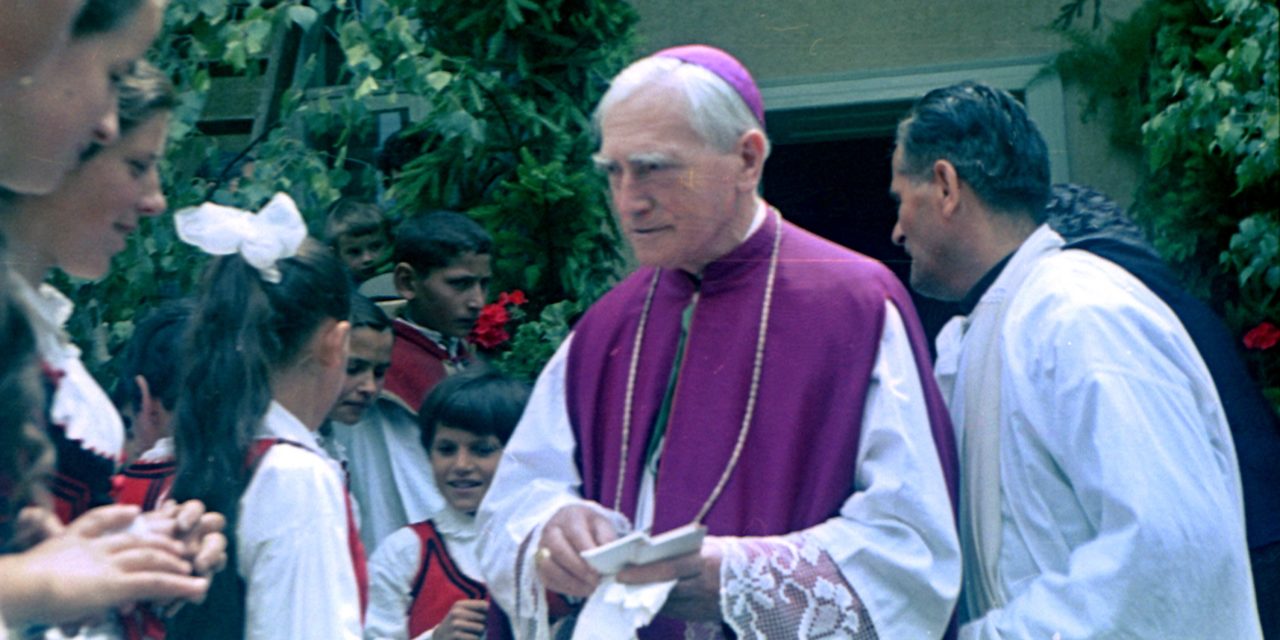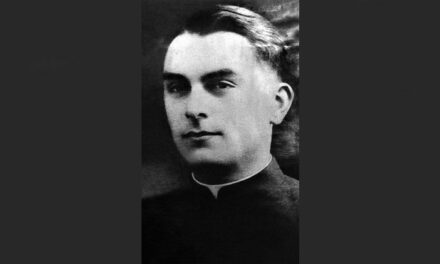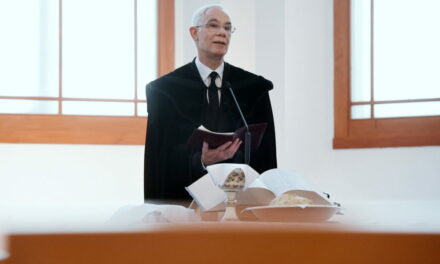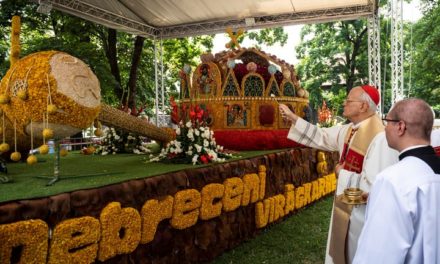One hundred and twenty-five years ago, on August 28, 1896, Áron Márton was born, the Roman Catholic bishop of Transylvania, a relentless advocate of minority rights and religious freedom, who consistently stood up against all dictatorships.
He was born as the third child of a farming family from Székely in Csíkszentdomokos, Hargita County (today Sandominic, Romania). He graduated from Gyulafehérvár in 1915, and received his military draft three days later. During World War I, he served as a lieutenant at Doberdó and in the Ojtozi Strait and was wounded three times. After his demobilization, he was a farmer and official, and in 1920 he applied to the Papnevelde of Gyulafehérvár. He was ordained a priest in 1924, then chaplain, religious teacher, court chaplain and episcopal archivist from 1930, episcopal secretary from 1932. In 1934, he became the executive director of the Roman Catholic People's Association of Erély, he was the founder and editor of the educational magazine Transylvanian School. From 1937 he was a titular canon, from 1938 he was a parish priest in Cluj. XI. In December 1938, Pope Piusz appointed him bishop of the diocese of Gyulafehérvár, which includes the historical territory of Transylvania.
He chose this as his motto, which he remained faithful to throughout his life: "Non recuso laborem - I do not shy away from work ".
In the following difficult decades, the church he led was a sure support for the Transylvanian Hungarians. Áron Márton was a charismatic personality, his words and actions radiated inner strength and rock-solid religious conviction. When the second Vienna decision of August 30, 1940, which temporarily returned Northern Transylvania to Hungary, split his diocese in two, he remained in Romania, in Gyulafehérvár, not leaving his followers stranded there.
In May 1944, he raised his voice against the deportation of Hungary's Jews, as well as for the rights of the Hungarian minority in Romania after the war.
He also strongly protested when the communist government in Bucharest canceled the concordat with the Vatican in 1948 and then nationalized the church schools. The Catholic religious leaders were not willing to accept the operating regulations dictated by the Romanian communist authorities, which violated religious freedom and in practice required separation from Rome, thus the Catholic Church found itself in an illegal situation. A heckling campaign was launched against Áron Márton - who was not willing to compromise in any way, so as not to create the impression that there is religious freedom in the country - he was subjected to open attacks and put under surveillance.
The bishop, whose speech at the 1949 farewell ceremony in Csíksomlyo was listened to by hundreds of thousands, was arrested a few weeks later, on June 21.
The news of his death spread, his whereabouts were unknown even in the Vatican, but the Pope appointed him titular archbishop. His conception trial was heard by the military court in Bucharest only in 1951, and he was sentenced to ten years of rigorous imprisonment and forced labor for life on charges of treason. Striving to create a more favorable image abroad, the Romanian government released the bishop in 1955, who was able to take over the leadership of his diocese. However, the harassment, threats and intimidation did not stop, and in 1957 he was placed under house arrest for ten years. He could only go to the cathedral from the bishop's palace, but he could receive visitors and ordain priests.
With the easing of pressure, he was able to travel to the Vatican Synod of Bishops in 1969, and was received by Pope VI in 1971. Pope Paul.
The elderly archpriest, struggling with illness, who was a prisoner almost all the time during his episcopate (Gyulafehérvár after the decision in Vienna, prison after the establishment of communist power, and then a prisoner of his episcopal residence for a decade), after the return of his civil rights, now became a prisoner of his own physical weakness. From 1976, he offered his resignation to the Vatican several times, which was accepted on April 2, 1980 by Pope II. Pope János Pál, who called him "the most complete, most impeccable servant of the Lord". Áron Márton died of kidney cancer half a year later, on September 29, 1980, and at his funeral he was eulogized as follows:
"He led the way as a comet to sensitize people to the truth, to understanding and appreciating the value of life through the appreciation of God and faith."
His body was laid to rest in the crypt of the Episcopal Cathedral in Gyulafehérvár. In 2016, during the Áron Márton memorial year announced on the 120th anniversary of his birth, his ashes were moved to the stone sarcophagus in the southern side chapel of the cathedral, so that anyone could offer their prayers in front of him and pray for his ongoing beatification and then sainthood.
In 1999, the Yad Vashem Institute in Jerusalem honored the bishop with the title of "Righteous One of the World". This was the first time that the award was not given for his actions, for his active rescue of the persecuted during the Holocaust, but for his moral standing and the power of his words.
The memory of Áron Márton is preserved in many places in Transylvania and Hungary, schools, institutions, streets, associations are named after him, and one of the colleges of Eötvös Loránd University in Budapest is also named after him. His first statue was unveiled in 1995 in Székelyudvarhely. His memorial museum, renovated in 2018, located in his native village of Csíkszentdomokos, his memorial room in the episcopal palace of Gyulafehérvár, his intellectual legacy were published between 2005-2014. Several documentaries were made about his life. The book (Condemned to) Interception, published in 2019, contains the documents that the communist secret police, the Securitate, produced during the wiretapping of the bishop's study between 1957-1960. The 80,000-page material paints a detailed and authentic picture of the figure of the bishop, and shows what it meant to dance on the edge of a blade in an extremely difficult historical period.
Source: MTI
(Cover image: Áron Márton Museum, Csíkszentdomokos)












